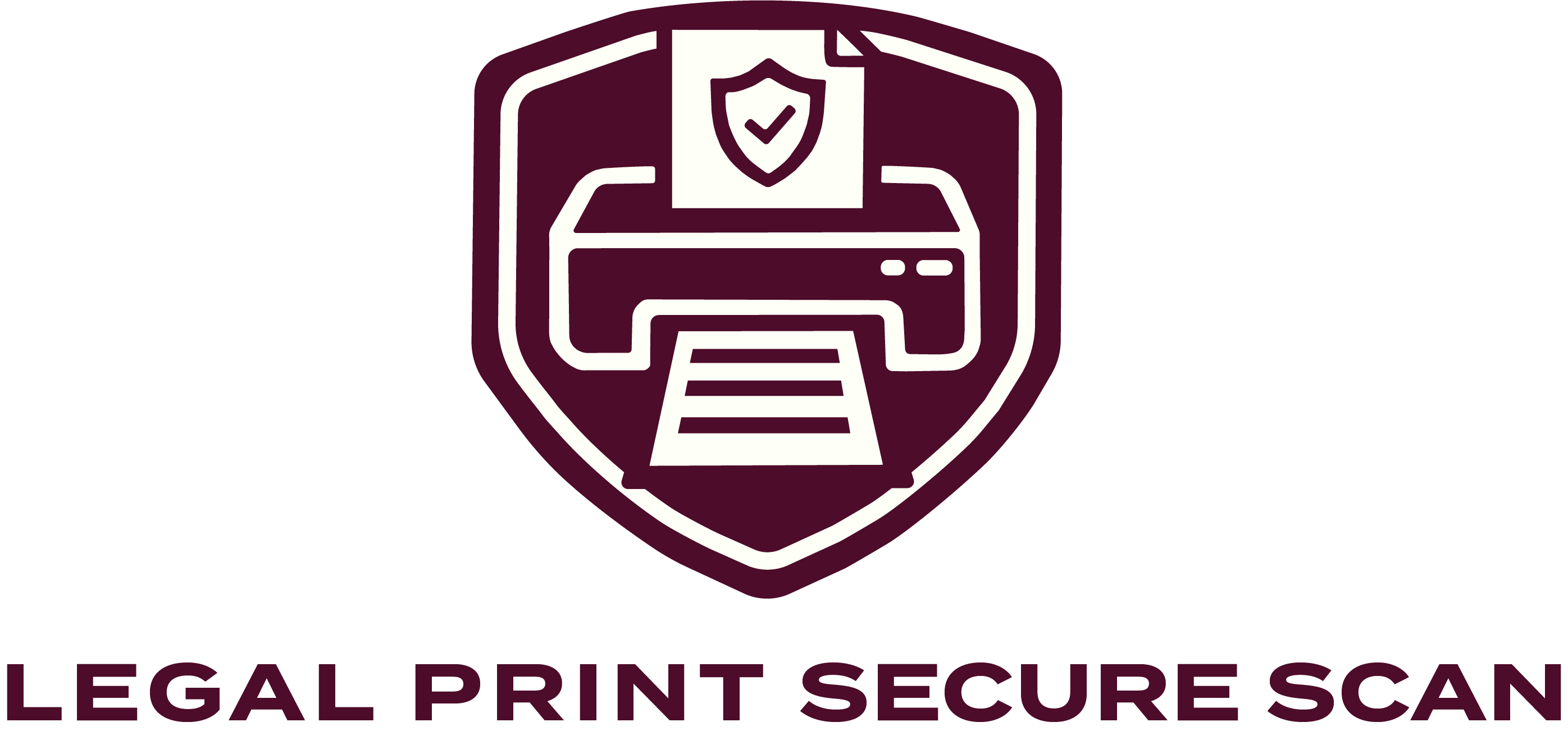
In the legal and healthcare sectors, the protection of client confidentiality is of utmost importance. With the increasing volume of sensitive information processed on a daily basis, traditional paper-based document management systems have become inadequate. Secure scanning services provide a viable solution to this challenge by converting physical documents into digital formats while ensuring compliance with industry regulations. This blog discusses the significance of secure scanning in safeguarding client confidentiality and mitigating associated risks.
1. Enhancing Data Security
Traditional paper documents are inherently vulnerable to unauthorized access, theft, and damage. Secure scanning services effectively mitigate these risks by digitizing documents and implementing comprehensive security measures. Digital files may be encrypted, password-protected, and stored within secure document management systems (DMS) that feature restricted access controls. Such practices ensure that only authorized personnel can obtain access to sensitive information, thereby significantly reducing the likelihood of data breaches and unauthorized disclosures (Recordsforce, 2024).
2. Ensuring Compliance with Regulations
Both the legal and healthcare sectors are governed by rigorous regulations concerning the management of sensitive information. For instance, the Health Insurance Portability and Accountability Act (HIPAA) mandates that healthcare providers, along with their business associates, safeguard patient health information. Similarly, legal professionals are required to comply with confidentiality agreements and uphold ethical standards. Secure scanning services play a vital role in assisting organizations to adhere to these regulations by providing secure storage solutions, implementing access controls, and maintaining audit trails for the handling of documents (Record Nations, n.d.).
3. Improving Document Accessibility and Efficiency
Digital documents offer superior organization, searchability, and retrieval compared to traditional paper records. The implementation of secure scanning services enables law firms and healthcare providers to establish electronic health records (EHR) systems and document management platforms that significantly enhance workflow efficiency. This improved accessibility facilitates expedited decision-making and elevates client service quality, as authorized personnel can swiftly access the necessary information (Statis LLC, n.d.).
4. Protecting Against Physical Document Loss
Paper documents are inherently vulnerable to physical damage caused by fire, water, or natural disasters. Implementing secure scanning services provides a reliable solution by generating digital backups of crucial documents. These digital copies can be stored in a secure manner and retrieved as needed, thereby ensuring business continuity and safeguarding against the loss of critical information (Recordsforce, 2024).
5. Supporting Disaster Recovery Plans
Incorporating secure scanning into an organization’s disaster recovery plan is crucial for ensuring the preservation and accessibility of critical documents in the face of unforeseen circumstances. Digital records can be backed up to secure cloud storage or to on-premise servers equipped with redundancy measures. This approach allows organizations to maintain uninterrupted access to essential documentation, even during emergencies (Statis LLC, n.d.).
6. Facilitating Efficient Audits and Inspections
Regulatory audits and inspections are standard practices in both the legal and healthcare sectors. Secure scanning services enhance this process by organizing documents into a digital format that is readily searchable and accessible. This increased efficiency reduces the time and resources necessary to prepare for audits while ensuring that organizations can effectively demonstrate compliance with regulatory requirements (Recordsforce, 2024).
7. Mitigating Risks Associated with Paper-Based Systems
Paper-based document management systems are frequently susceptible to errors, misfiling, and unauthorized access. Secure scanning services effectively mitigate these challenges by implementing standardized procedures for the digitization and organization of documents. Such standardization minimizes the potential for mistakes and significantly enhances the overall security and efficiency of document management practices (Statis LLC, n.d.).
8. Enhancing Client Trust and Satisfaction
Clients place significant trust in legal and healthcare professionals, expecting their sensitive information to be managed with the highest degree of confidentiality. By implementing secure scanning services, organizations can demonstrate their commitment to safeguarding client data. This proactive measure not only ensures compliance with applicable regulations but also enhances client trust and satisfaction, which are essential for the establishment and maintenance of long-term professional relationships (Recordsforce, 2024).
Secure scanning services are essential for safeguarding client confidentiality within the legal and healthcare sectors. These services enhance data security, ensure compliance with regulatory standards, improve document accessibility, and mitigate the risks associated with traditional paper-based systems. By providing comprehensive solutions to contemporary document management challenges, organizations that prioritize secure scanning not only protect sensitive information but also reinforce their dedication to client trust and satisfaction.
References
Record Nations. (n.d.). Laws Affecting Legal Document Scanning. Retrieved from https://www.recordnations.com/blog/laws-affecting-legal-document-storage-scanning/
Recordsforce. (2024). How Document Scanning Can Enhance Compliance and Security. Retrieved from https://recordsforce.com/how-document-scanning-can-enhance-compliance-and-security/
Statis LLC. (n.d.). How Document Imaging Improves Compliance With Regulations. Retrieved from https://www.statisllc.com/document-imaging/how-document-imaging-improves-compliance-with-regulations/
